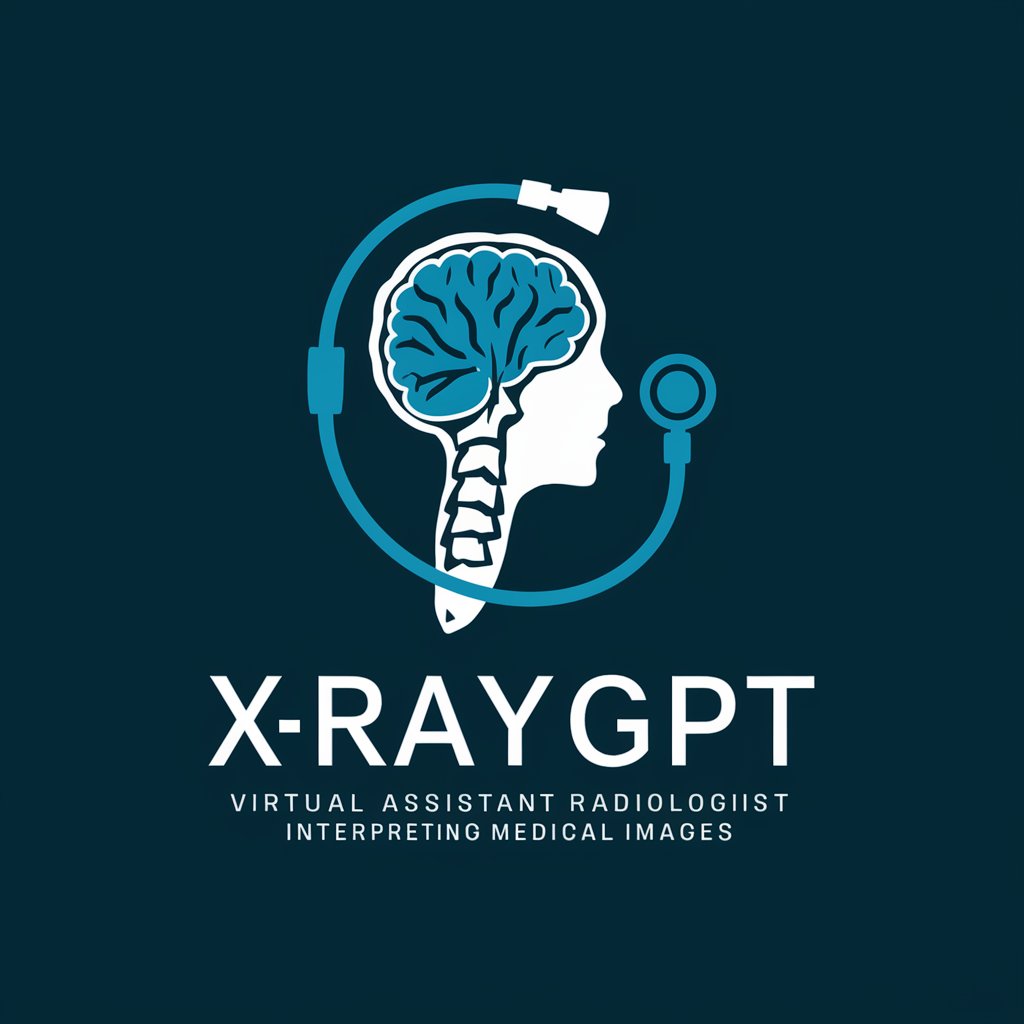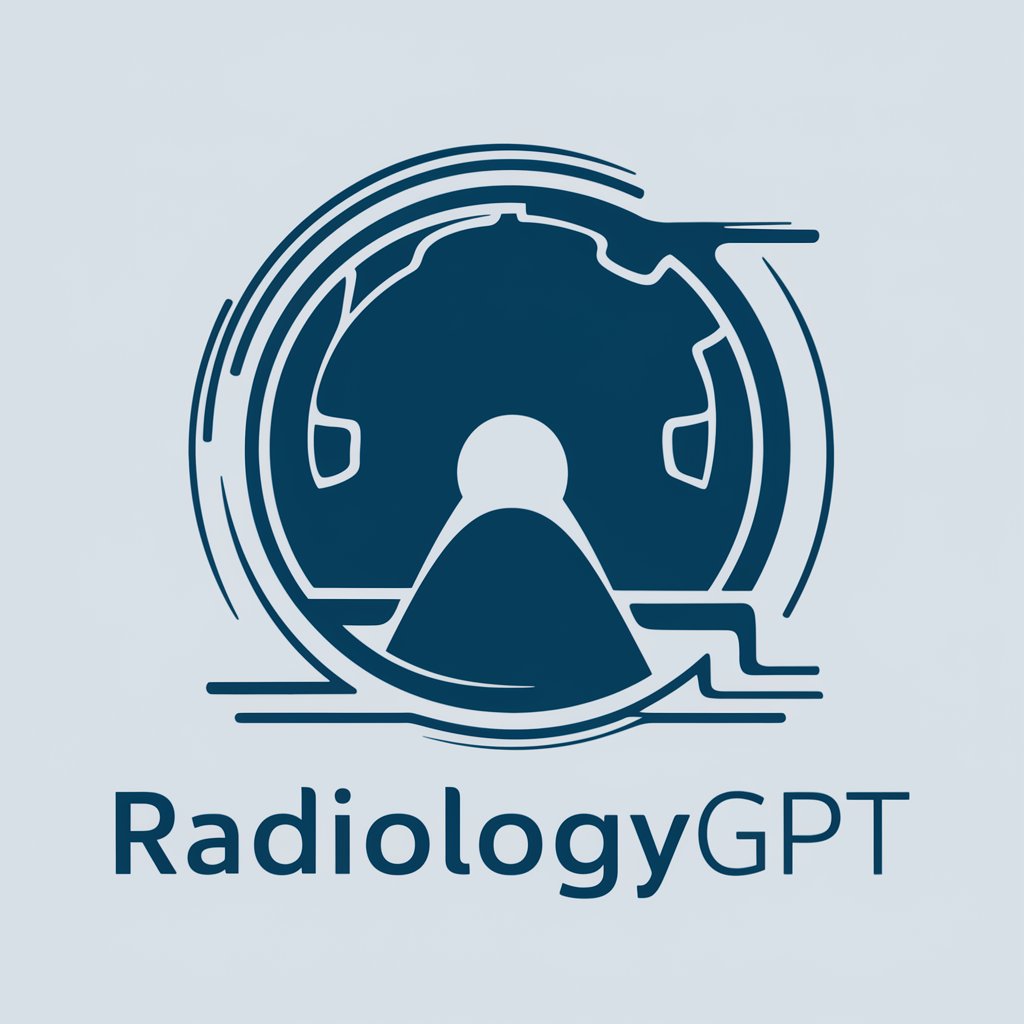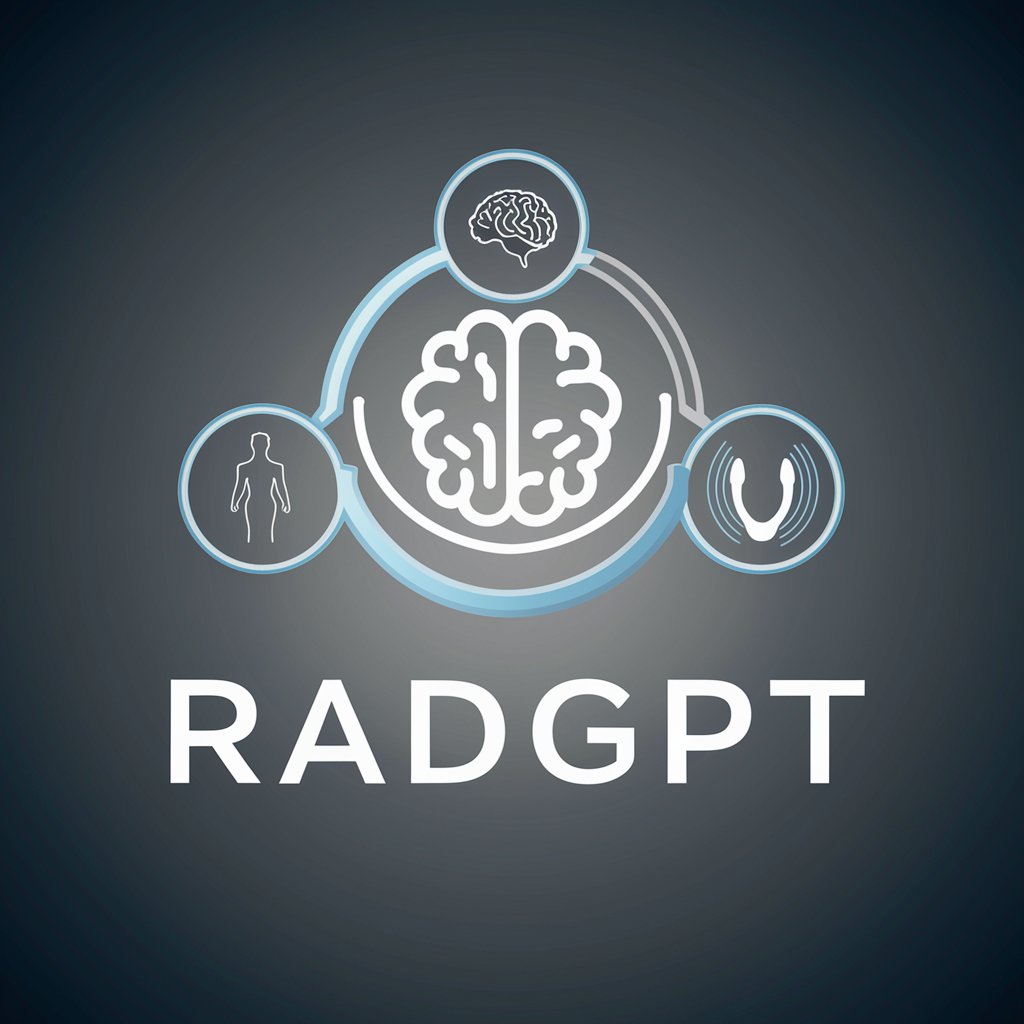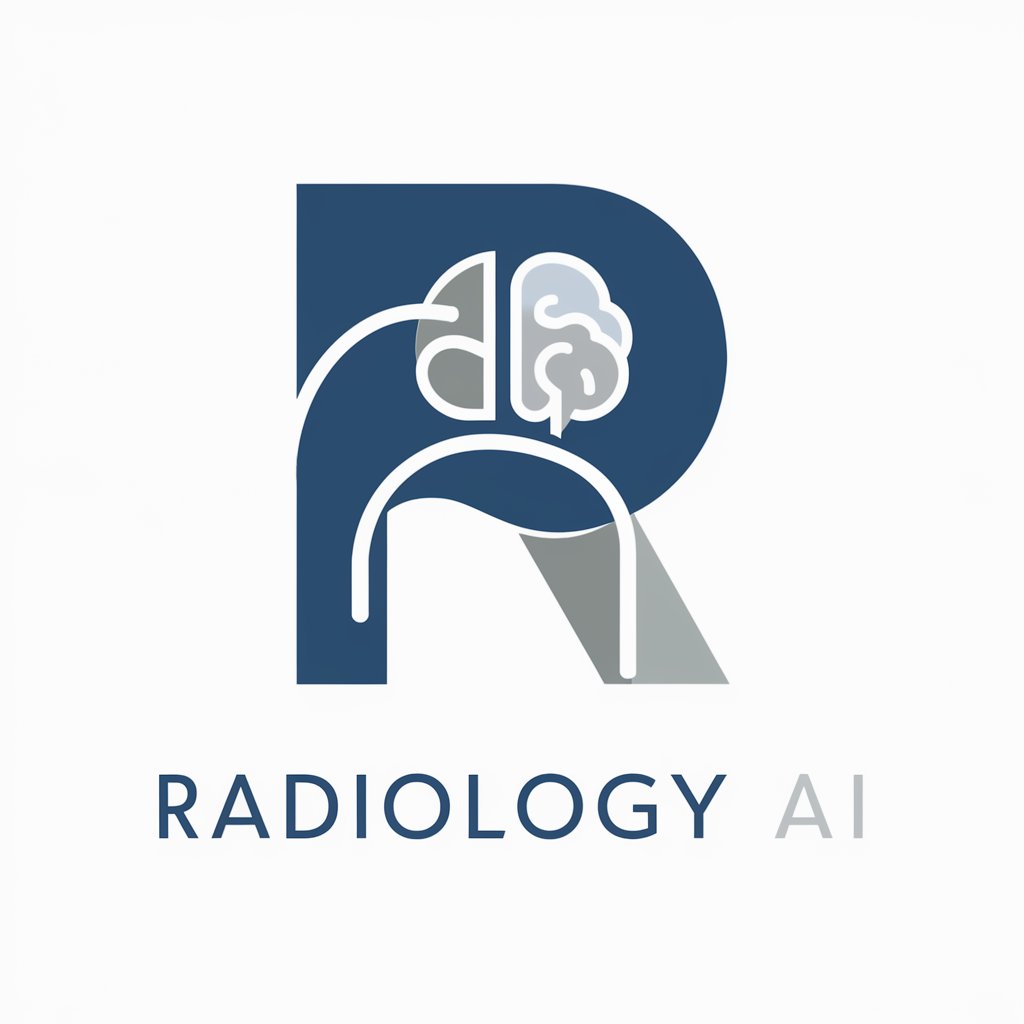
RadioloGPT - AI-Powered Medical Image Analysis
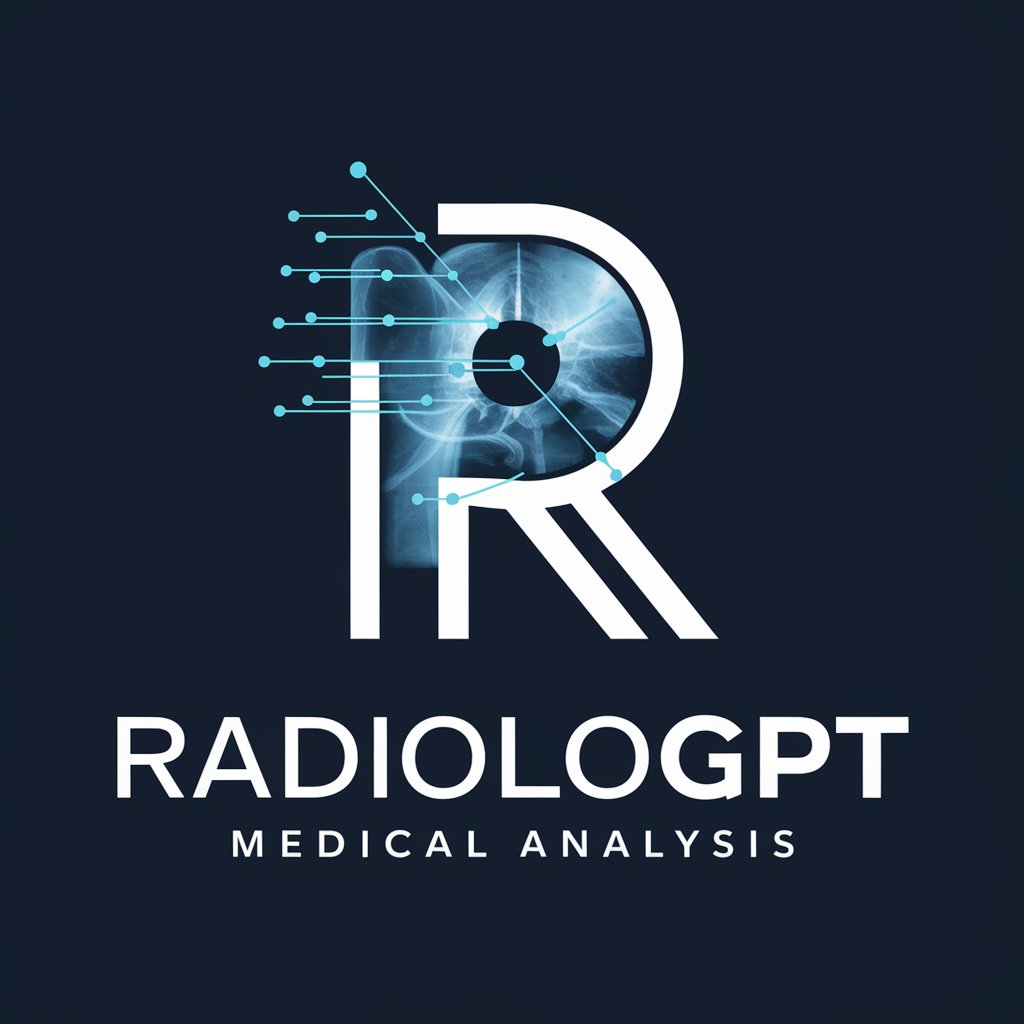
Hello, I'm RadioloGPT, here to help analyze your medical images.
Enhancing Diagnosis with AI Insight
Analyze this chest X-ray for potential abnormalities.
What do you observe in this MRI scan?
Can you provide an interpretation of this CT scan?
Evaluate this ultrasound image for any signs of concern.
Get Embed Code
Introduction to RadioloGPT
RadioloGPT is designed as an AI-powered assistant specialized in analyzing medical images such as X-rays, MRIs, and CT scans. Its core purpose is to provide preliminary analyses of these images, assisting medical professionals and students in interpreting the visual data. RadioloGPT can recognize patterns, suggest possible diagnoses, and highlight areas of interest within the images. For example, when presented with an X-ray of a lung, RadioloGPT can identify signs consistent with conditions like pneumonia or tuberculosis, noting specific features such as consolidation or cavitation. This capability extends to various types of medical imaging, enabling it to assist in a broad range of clinical scenarios. Powered by ChatGPT-4o。

Main Functions of RadioloGPT
Image Analysis
Example
Detecting fractures in X-ray images
Scenario
When an X-ray of a limb is uploaded, RadioloGPT examines the image for disruptions in the continuity of the bone that suggest a fracture. It can specify the location and type of fracture, aiding in the diagnosis and treatment planning.
Pattern Recognition
Example
Identifying tumors in MRI scans
Scenario
RadioloGPT can analyze MRI scans to identify abnormal masses, distinguishing between benign and potentially malignant tumors based on their appearance, enhancing clinical decision-making.
Assisting in Educational Purposes
Example
Teaching medical students about specific conditions
Scenario
RadioloGPT can be used as a teaching tool, providing detailed analyses of images to help students learn how to identify various medical conditions and understand their radiographic appearances.
Ideal Users of RadioloGPT Services
Medical Professionals
Doctors, radiologists, and other healthcare providers can use RadioloGPT to get a second opinion on imaging studies, potentially speeding up the diagnostic process and enhancing the accuracy of interpretations.
Medical Students
Students studying medicine, radiology, or related fields can utilize RadioloGPT as an educational tool to improve their skills in interpreting medical images and understanding various pathologies.
Research Scientists
Researchers working in medical imaging, machine learning, and healthcare technology can leverage RadioloGPT to analyze large datasets of images, aiding in the development of new diagnostic tools and treatments.

How to Use RadioloGPT
1
Visit yeschat.ai for a complimentary trial, no ChatGPT Plus or login required.
2
Upload medical images such as X-rays or scans directly onto the platform.
3
Provide any additional context like symptoms, medical history, or specific concerns you have about the image.
4
Review RadioloGPT's analysis of the image, focusing on areas of interest or abnormalities detected.
5
Apply the insights in a clinical setting or for educational purposes, remembering to consult a doctor for a definitive diagnosis.
Try other advanced and practical GPTs
LI Article Share
Crafting Insightful LinkedIn Posts with AI

Study Guide: Sciences and Social Studies
AI-powered personalized study quizzes

Italian Recipes
Master Italian cuisine with AI

1 Brain Teaser
Sharpen Your Mind with AI-Driven Puzzles
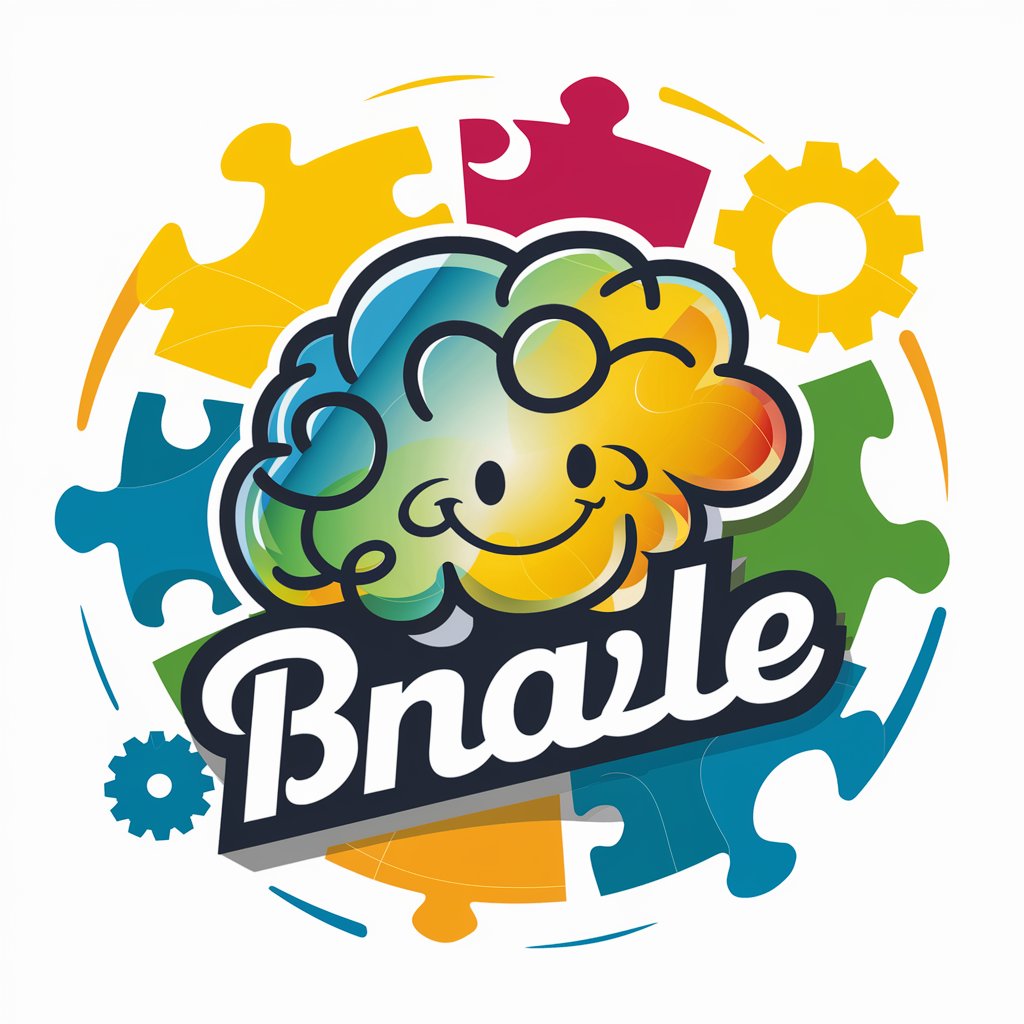
Sprint Talker
Breathless AI, Effortless Interaction

PaulGPT
Empowering Decisions with AI Insight

Decentralized Finance Demystifier
Empowering Your DeFi Journey with AI

Chinese Food Chef : "Mr. Wang"
Discover the art of Chinese cooking, AI-powered

Primify Assistant for Entrepreneurs
Empowering Entrepreneurs with AI

Printable Creations
Craft Your Creativity with AI
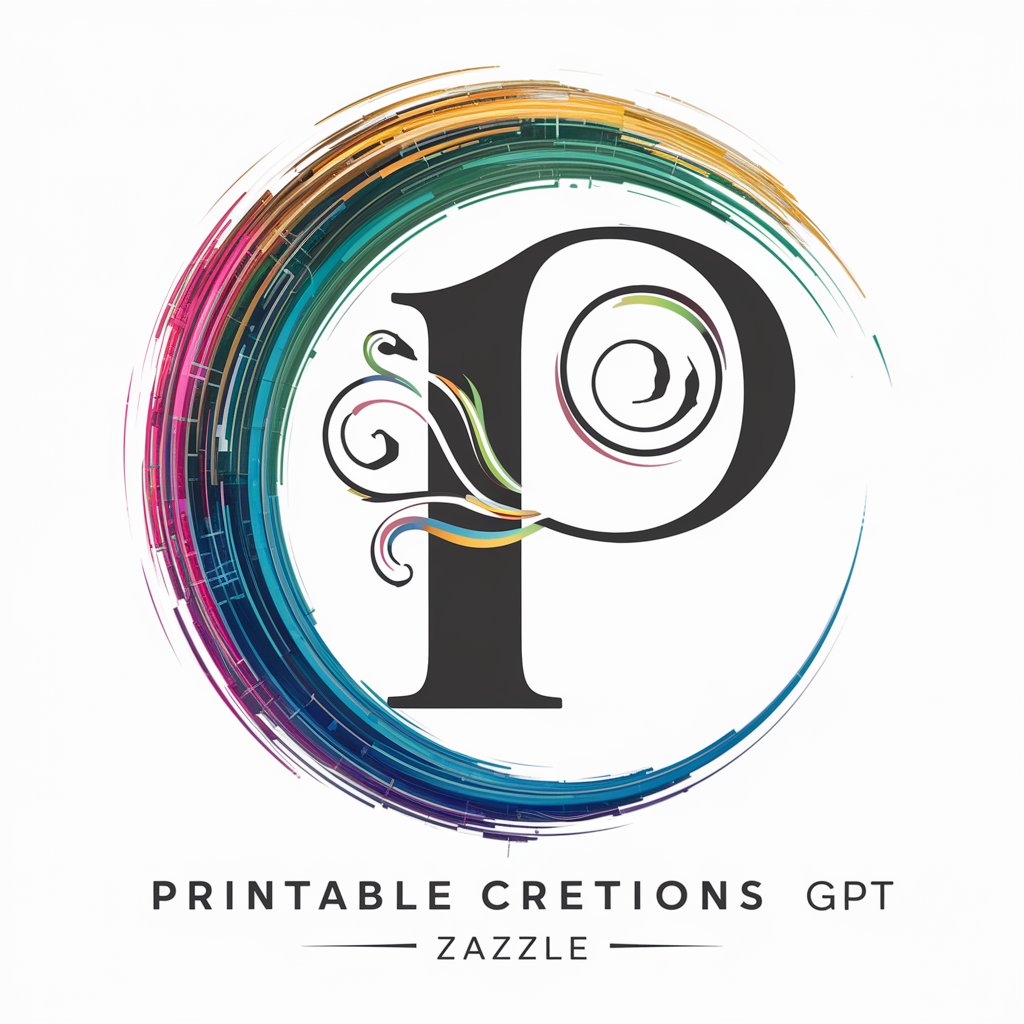
Harry Potter GPT
Unravel the Magic with AI
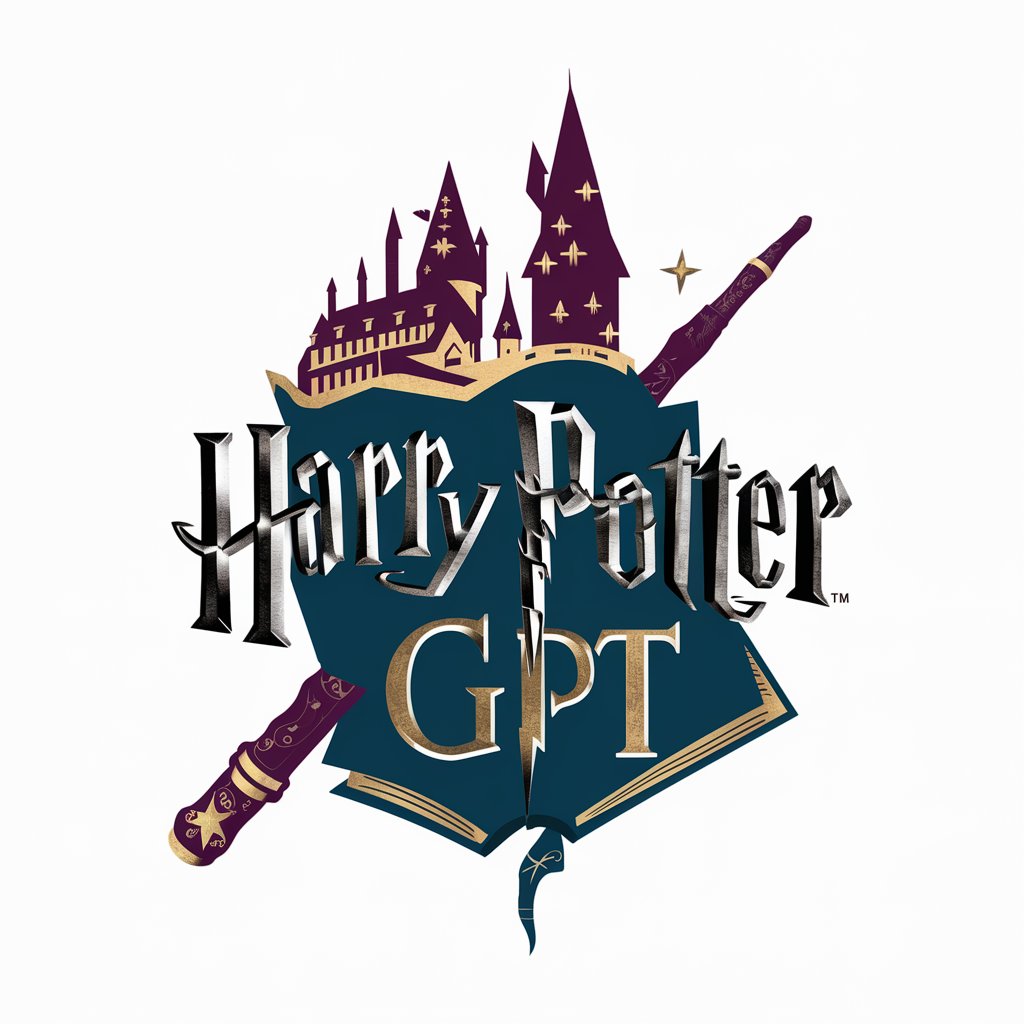
英译中小助手
Transcending Language Barriers with AI

Frequently Asked Questions about RadioloGPT
What types of medical images can RadioloGPT analyze?
RadioloGPT can analyze a wide range of medical images, including X-rays, CT scans, MRI images, and ultrasound scans, providing insights on detected abnormalities and areas of interest.
Is RadioloGPT a substitute for professional medical diagnosis?
No, RadioloGPT is not a substitute for a professional medical diagnosis. It is designed to assist healthcare professionals by providing preliminary analyses. Always consult a doctor for accurate diagnosis.
Can RadioloGPT provide insights on rare medical conditions?
While RadioloGPT is equipped to recognize a variety of conditions, its capability to identify rare medical conditions depends on the complexity and availability of data in those specific cases.
How accurate is RadioloGPT's analysis?
RadioloGPT's accuracy varies based on the quality and clarity of the images provided, as well as the specific medical context. It is designed to be a supportive tool, not a definitive diagnostic solution.
Can non-medical professionals use RadioloGPT?
Yes, non-medical professionals can use RadioloGPT for educational purposes or to gain preliminary insights. However, a professional medical interpretation is necessary for any clinical application.
